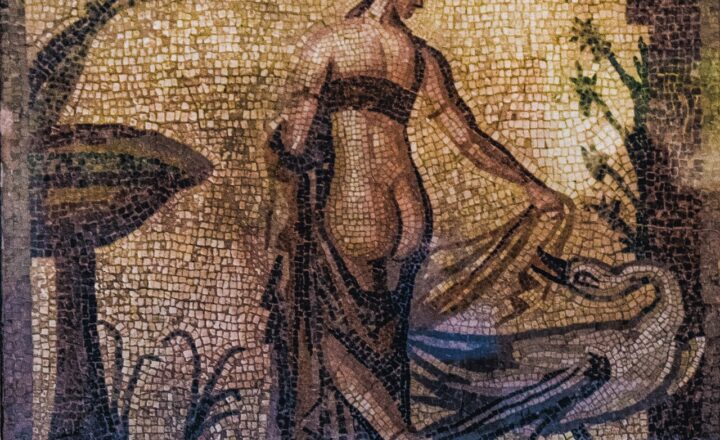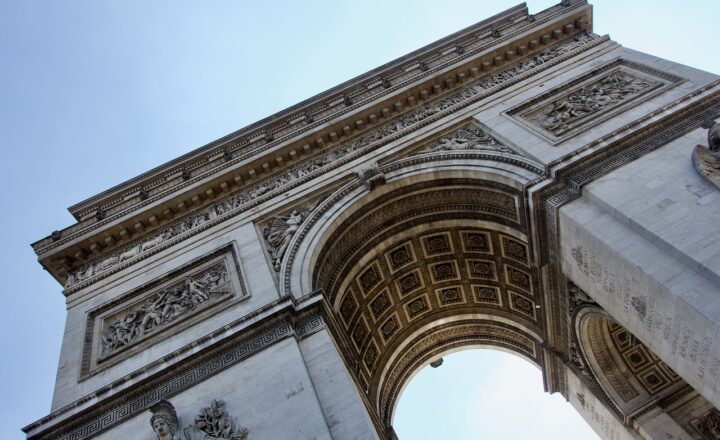The Most Mysterious and Beautiful Libraries in the World That Hold the Keys to Lost Knowledge
November 17, 2024

Libraries have long been sanctuaries of knowledge, preserving the thoughts, dreams, and stories of humanity. However, some libraries are not just repositories of information; they are works of art that reflect the culture, architecture, and spirit of the societies that built them. In this article, we explore some of the most mysterious and beautiful libraries around the globe—places where lost knowledge waits to be rediscovered.
1. The Library of Alexandria: A Beacon of Ancient Knowledge
The Great Library of Alexandria in Egypt is perhaps the most famous library from the ancient world. Established in the 3rd century BCE, this library was a center of learning and scholarship, attracting scholars from different cultures and disciplines. It is believed to have housed texts from the greatest minds of antiquity, including works by Homer, Plato, and many others.
Despite its significance, the Great Library met a tragic fate—disasters, fires, and neglect led to its gradual decline. Though the library itself may never be restored, its legacy continues to inspire curiosity about what knowledge it once protected.
2. The Admont Abbey Library, Austria: A Baroque Masterpiece
Located in the picturesque Admont Abbey, this library is not only a treasure trove of over 70,000 volumes but also an architectural marvel. Designed in the Baroque style, it features stunning frescoes, grand wooden carvings, and a breathtaking ceiling that captivates visitors. The library, completed in 1776, is one of the largest monastic libraries in the world and is particularly famous for its extensive collection of rare and ancient manuscripts.
The Admont Abbey Library serves as a reminder of the connection between aesthetics and knowledge, with its beauty inviting contemplation and exploration of the works within.
3. The Bodleian Library, Oxford: A Hidden Gem of Knowledge
The Bodleian Library in Oxford, England, is one of the oldest libraries in Europe, dating back to the 14th century. Known for its beautiful architecture and scholarly atmosphere, the Bodleian consists of several buildings including the iconic Radcliffe Camera. The library houses over 13 million items, including rare manuscripts, maps, and art collections.
With its extensive catalogue and historic significance, the Bodleian is not only a center for academic research but also a place steeped in mystery—hidden spaces, secret shelves, and ancient knowledge await those who dare to explore.
4. The National Library of China: A Treasure of Eastern Wisdom
As the largest library in Asia and one of the largest in the world, the National Library of China in Beijing holds over 37 million items. Among its treasures are ancient texts, imperial edicts, and rare collections of Chinese literature. The library’s design incorporates traditional Chinese architectural elements, giving it a serene and majestic presence in the bustling capital.
The National Library of China offers a glimpse into the depths of Chinese history and culture, guarding the wisdom of generations and inviting scholars and enthusiasts to explore its rich resources.
5. The Confucius Institute at the University of Alberta, Canada: A Modern Treasure House
In contrast to the grand historical libraries, the Confucius Institute at the University of Alberta offers a modern approach to learning about Chinese culture and philosophy. With a focus on education and cross-cultural exchange, this library provides an array of resources, including books, digital archives, and multimedia content.
Visitors to the institute can explore the vast knowledge contained within while also engaging in events and discussions designed to bridge cultural divides. The library is a 21st-century answer to the ancient pursuit of knowledge—a place where diverse perspectives come together.
6. The Strahov Monastery Library, Prague: A Baroque Enchantment
The Strahov Monastery Library in Prague, Czech Republic, is one of the most beautiful libraries in the world. The library’s ornate Baroque style, highlighted by elaborate frescoes and intricate wooden bookshelves, creates an atmosphere that transports visitors back to the age of enlightenment. Established in 1143, the library holds a collection of over 200,000 books and manuscripts, many of which are ancient and valuable.
The library also possesses a remarkable collection of globes and maps, reflecting the human spirit of exploration. Each visit offers a chance to see the intersection of beauty, history, and the quest for knowledge.
7. The Old Library at Trinity College, Dublin: A Guardian of Literature
Dublin’s Old Library at Trinity College is home to the famous Book of Kells, an illuminated manuscript dating back to the 9th century. The library’s long wooden galleries filled with rows of leather-bound books create a solemn beauty that speaks to the centuries of scholarship that have taken place within its walls.
Visitors to the library can feel the weight of history in the air, as they walk among texts that have shaped literature and thought across the ages. The Old Library is a testament to the enduring power of words and the quest for knowledge.
8. The Royal Library at Windsor Castle: A Regal Collection
As one of the oldest working libraries in the world, the Royal Library at Windsor Castle holds a remarkable collection of books and manuscripts, including unique texts from authors such as Shakespeare and Milton. Established in the 16th century, this library serves the British royal family and maintains a commitment to preserving literary heritage.
Visitors to Windsor Castle can explore the elegance of the library while appreciating its role in safeguarding a wealth of historical knowledge that reflects the cultural history of the English monarchy.
Conclusion
The libraries featured in this article exemplify the beauty and mystery that libraries can hold. They serve not only as places for storing books but as cultural treasures that safeguard history, inspire generations, and invite discovery. Each library tells a story, offering a glimpse into the richness of human knowledge and creativity.
Whether through ancient scrolls of the Library of Alexandria or the modern resources at the Confucius Institute, these libraries remind us that the quest for knowledge is an enduring journey through time. As we explore these hallowed halls, we are not just seeking information; we are connecting with the spirit of those who came before us, and perhaps unlocking aspects of our own lost knowledge in the process.






